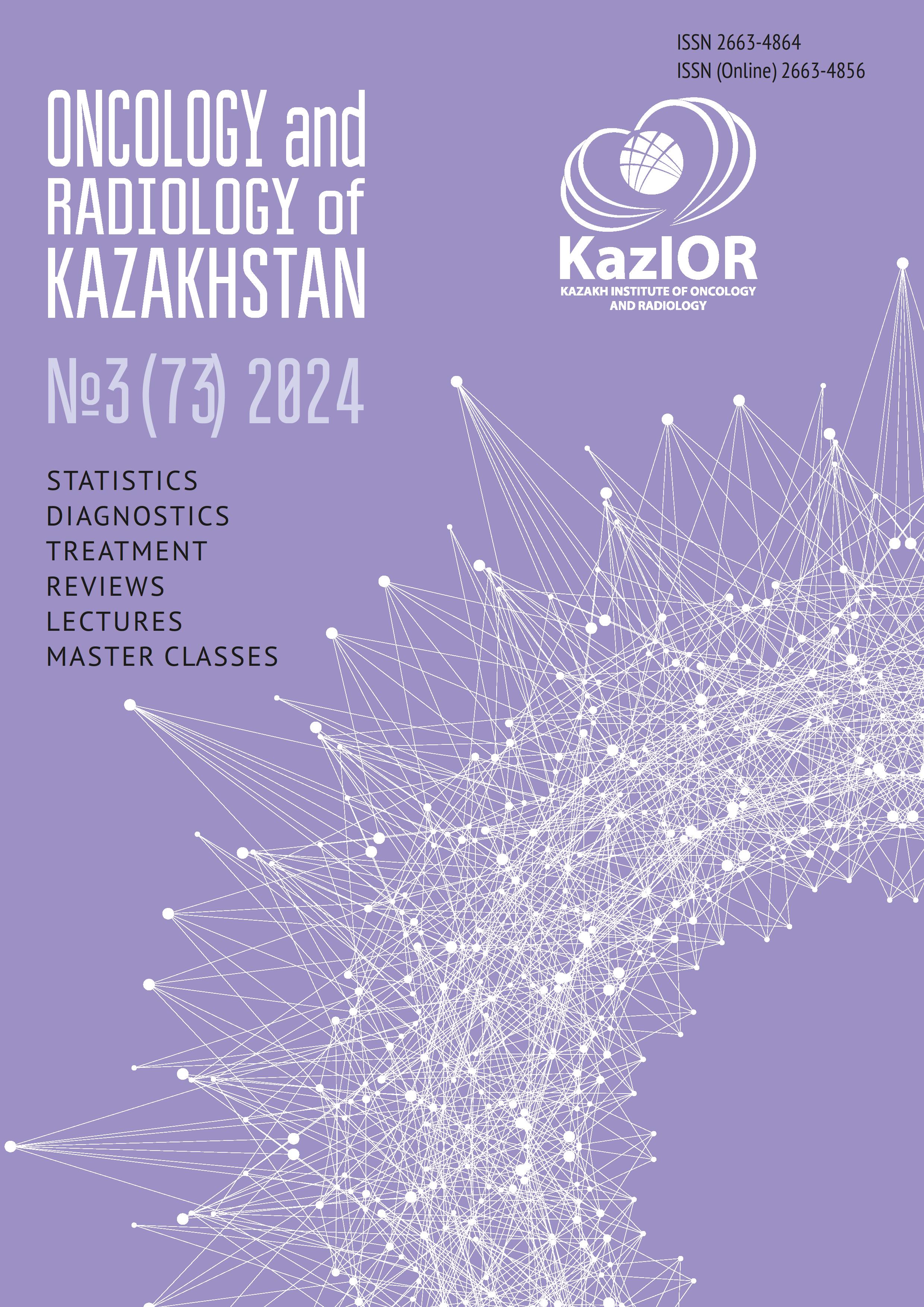ASSESSMENT OF THE EFFECTS OF RADIATION ON THE STABILITY OF THE GENOME OF THE POPULATION FROM THE TERRITORIES ADJACENT TO THE SOURCE OF POLLUTION
Keywords:
mutagens, radiation, environment, genes, hereditary diseases, genomeAbstract
Relevance: The increasing introduction of new mutagenic factors into the human environment increases the frequency of hereditary human diseases associated with exposure to environmental mutagens. In the case of radiation exposure, the problem arises of the need to identify risk groups of people with hypersensitivity since the effect of radiation on the body, in addition to direct effects on its functional subsystems, induces or activates protective systems (repair, adaptation). If the DNA repair system is damaged, the risk of induction of mutation frequency increases. The above highlights the relevance of the research topic and the results obtained.
The study aimed to assess the impact of radiation pollution on the stability of the genome and human health, considering the long-term genetic consequences.
Materials and Methods: Field and laboratory methods were used, such as creating a system of sites for sampling environmental ob-jects, human peripheral blood samples, methods for measuring the radiation activity of objects, and cytogenetic and molecular genetic methods.
Results: Gamma activity measurements showed that the radiation level in the surveyed territory of the landfill and adjacent settlements was 0.6 to 0.14 mSv/h. Of particular importance in this regard is the study of the mechanisms of individual sensitivity to radiation and the role of the DNA repair system. Molecular genetic studies of the DNA of blood cells and cytogenetic analyses of people living in the zone of influence of the radioactive waste landfill revealed the spread of several mutant genotypes, which indicates the likelihood of an increased risk of environmental diseases in persons with pronounced genome instability.
Conclusion: The radiation level on the territory of the landfill and adjacent settlements was 0.6 to 0.14 mSv/h. The analysis of the distribution of people by genotypes in the examined groups showed an increase in the frequency of heterozygous alleles of the XRCC1 repair gene to 35% compared with the control group (10%), and the frequency of homozygous alleles for the Trp/Trp allele does not exceed the control level (3%). In turn, for the XRCC3 gene, there is a slight excess in the frequency of heterozygotes, and the homozygous Thr/Met allele remains at the control level – 21% compared with the control of 2%

